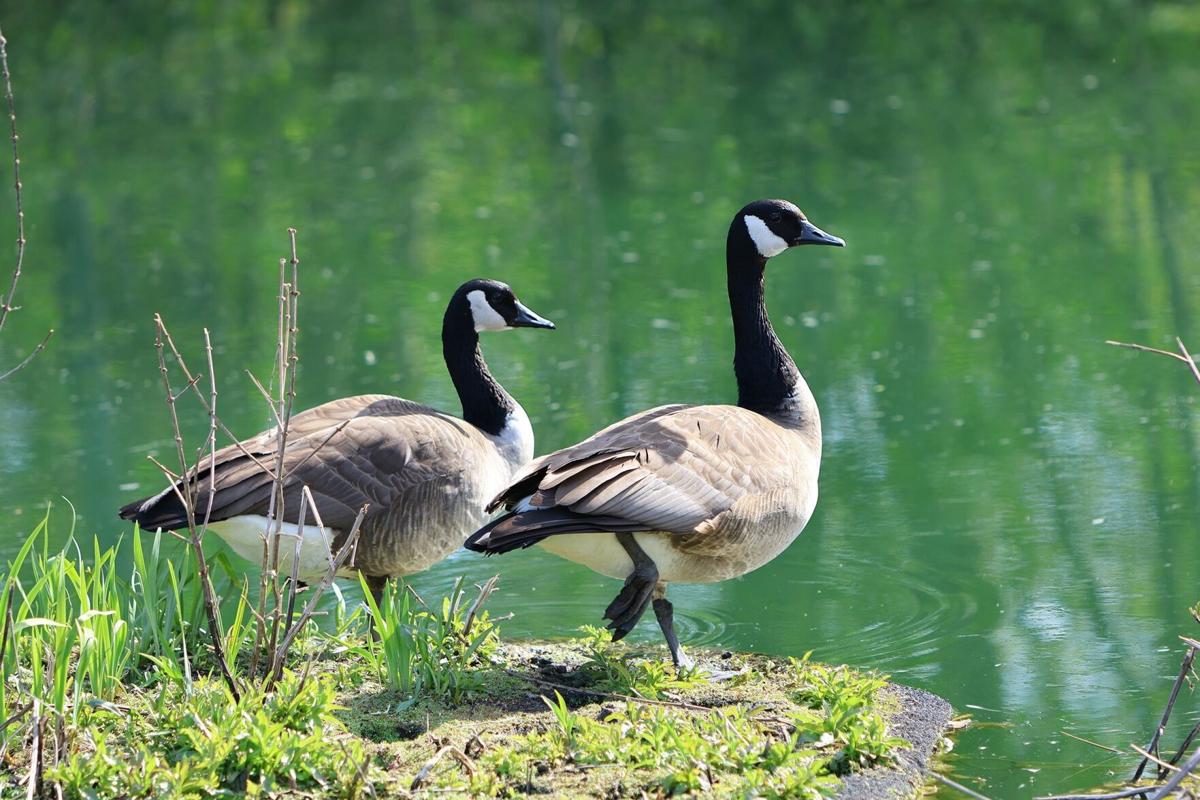Brampton is on alert after avian influenza, commonly known as bird flu, was confirmed in dead waterfowl near Mayfield and The Gore roads, with suspicions of the virus spreading to three other areas of the city. The findings, announced Friday, have prompted the City of Brampton to issue precautions for pet owners as officials track a recurring threat to the region’s wildlife.
The Canadian Wildlife Health Cooperative is testing additional waterfowl carcasses found near Professor’s Lake, James Potter Road and Bovaird Drive West, and Ray Lawson Boulevard and Cherrytree Drive. These suspected cases follow a pattern of bird flu outbreaks that have plagued Brampton’s geese and ducks since 2023, leaving hundreds dead.
“The city is working closely with government partners to monitor this situation,” a city news release stated. “While the risk to humans remains extremely low, we’re taking proactive steps.” Public spaces linked to the infected birds stay open, with signage posted at key locations and more planned if new hotspots emerge.
Pet owners are urged to stay vigilant: keep pets away from waterfowl and their droppings, avoid feeding wild birds, and leash dogs or confine cats indoors. The city also advises against feeding pets raw game bird or poultry meat and recommends frequent cleaning of bird feeders with soap and water to curb contamination risks. Residents spotting dead waterfowl should steer clear and report it to 3-1-1.
Bird flu has become a stubborn foe for Brampton’s wild waterfowl, with the highly pathogenic H5N1 strain driving significant die-offs in recent years. The Canadian Wildlife Health Cooperative notes that waterfowl like Canada geese are especially vulnerable, a trend mirrored across southern Ontario this winter.
South of the border, a massive H5N1 outbreak since March 2024 has devastated U.S. poultry farms, forcing the culling of tens of millions of chickens. Egg prices have soared as supplies dwindle, and the virus has jumped to dairy cattle and even humans, though the U.S. Centers for Disease Control and Prevention (CDC) stresses the public health risk remains low. “We’re closely tracking exposed individuals,” the CDC says.
Canada has dodged such widespread fallout so far, with egg prices holding steady. Still, smaller outbreaks in domestic birds have hit British Columbia, Quebec, and Newfoundland since November 2024, according to the Government of Canada. “The H5N1 strain dominates these cases,” the government reports, emphasizing biosecurity for bird owners. Unlike in the U.S., no cattle infections have been detected here yet.
Health officials reassure that properly cooked poultry and eggs pose no risk. “There’s no evidence of transmission through food,” the government’s website confirms.
As Brampton braces for potential escalation, the contrast with the U.S. crisis underscores the stakes—and the delicate balance of keeping Canada’s flocks, wild and domestic, safe.

